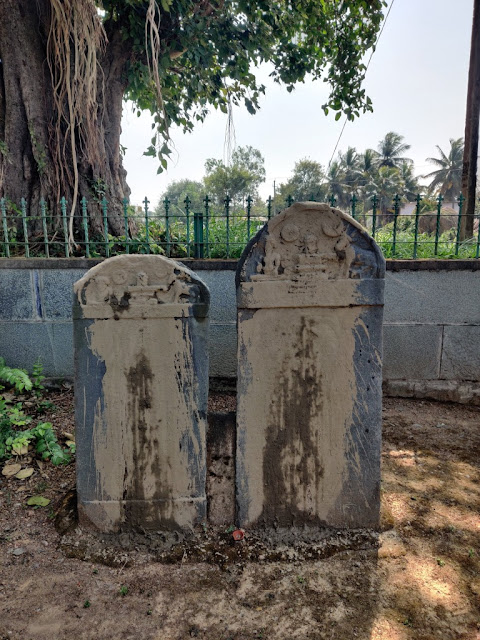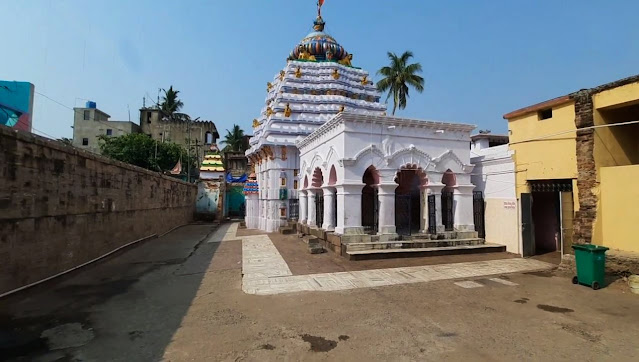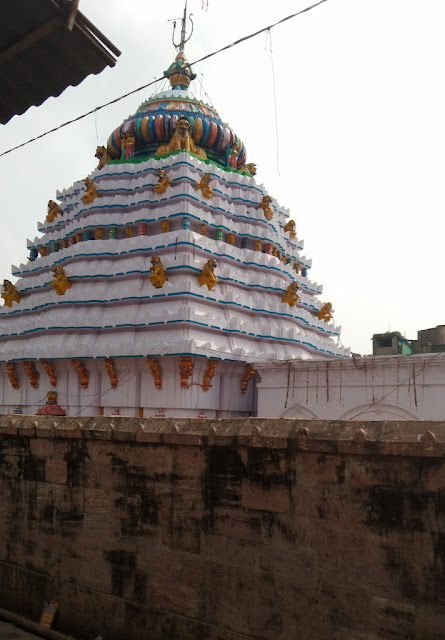Ananda Padmanaba Temple,
Karkala, Karnataka
Ananda Padmanaba Temple is a Hindu Temple dedicated to Lord Vishnu located in Karkala Town in Karkala Taluk in Udupi District in the Indian state of Karnataka. The temple was constructed in 1567 CE by Santara dynasty. This temple is protected as monuments of national importance by the central Archaeological Survey of India.
Legends
As per legend, this temple was originally a Jain Basadi in 15th century CE. Sringeri Jagadguru Sri Narasimha Bharathi Swamiji visited Karkala during 15th century CE and the reigning Jain King of Santara dynasty gave him a rousing welcome. But Jagadguru informed the king that he would stay only if there is a temple for Lord Vishnu. The king agreed to his demand, but he was not having an idol of Lord Vishnu. The Jagadguru informed the king that there was an idol of Ananda Padmanaba Swamy immersed in a rivulet in Nellikara.
The king ordered his soldiers to
find the idol and bring it back to him. The soldiers successfully found the
idol and brought it back to the king. The king was surprised and gave this Jain
basadi to the Jagadguru Sri Narasimha Bharathi Swamiji. The Jagadguru installed
the idol of Ananda Padmanaba Swamy in the sanctum of the Jain Basadi. Thus,
converting the existing Jain Basadi into functioning Hindu Temple.
The Temple
This temple is facing towards north with an entrance arch. The entrance arch has stucco images of Ananda Sayana Vishnu. Balipeedam, Dwaja Sthambam and Garuda can be seen facing towards the sanctum in the outer courtyard. The temple consists of sanctum of sama-chaturasa type and thirtha mandapa. The sukanasi is absent between the sanctum and the thirtha mandapa. The thirtha mandapa is supported by four pillars.
The super structure over the sanctum and the thirtha mandapa is of two tiers. The roof over the sanctum is covered with copper sheets and the raised neck portion of the upper tier is made up of timber and has reliefs depicting Hindu deities. Horizontal stone slabs are provided over the roof of the tirtha mandapa and around the sanctum. The sanctum enshrines a black stone image of Ananda Sayana Vishnu / Ananda Padmanaba.
He is depicted in reclining posture on the coils of Adisesha. The image is surrounded by Sankarshana, Pradyumna and Aniruddha in the niches of the sanctum. Brahma is seen rising from the navel of Vishnu sitting on the lotus. Sridevi and Bhoodevi can be near his feet. The main shrine is enclosed with a pillared cloister provided with entrance from the north. A modern shrine abuts the southern wall.
Festivals
Laksha Deepotsava and Ananthapadmanaba
Vrata are the annual festivals celebrated here for five days. Rathasaptami is
the other festival celebrated here with much fanfare.
Connectivity
The temple is located at about 1
Km from Karkala Bus Stand, 9 Kms from Bajagoly, 28 Kms from Nandikur Railway
Station, 35 Kms from Udupi Railway Station, 38 Kms from Udupi, 43 Kms from Mangaluru
Airport, 52 Kms from Mangaluru and 61 Kms from Sringeri. The temple is situated
on Udupi to Sringeri route via Bajagoly.



.jpg)
.jpg)
.jpg)
.jpg)





















.jpg)



.jpg)






.jpg)
